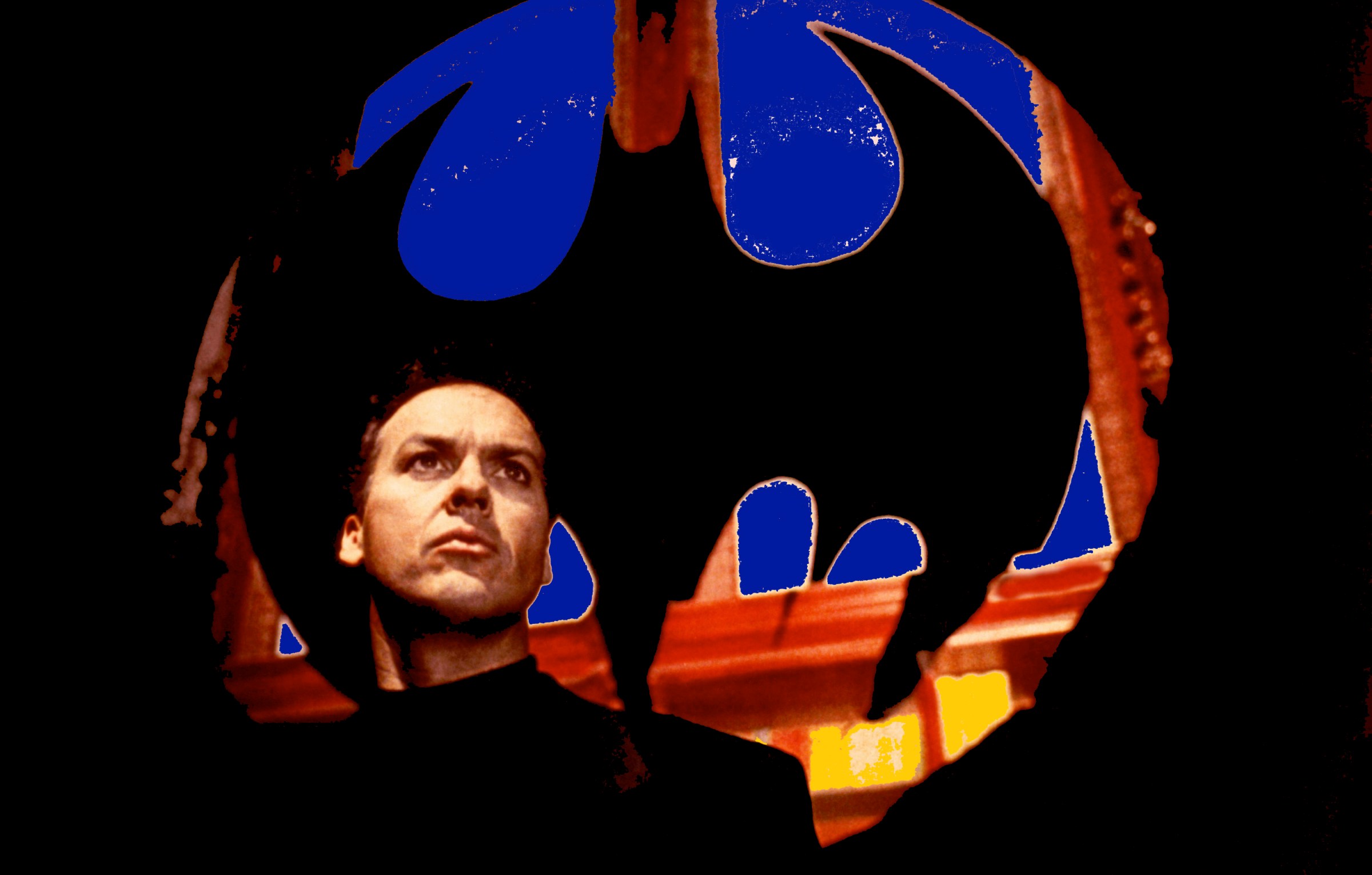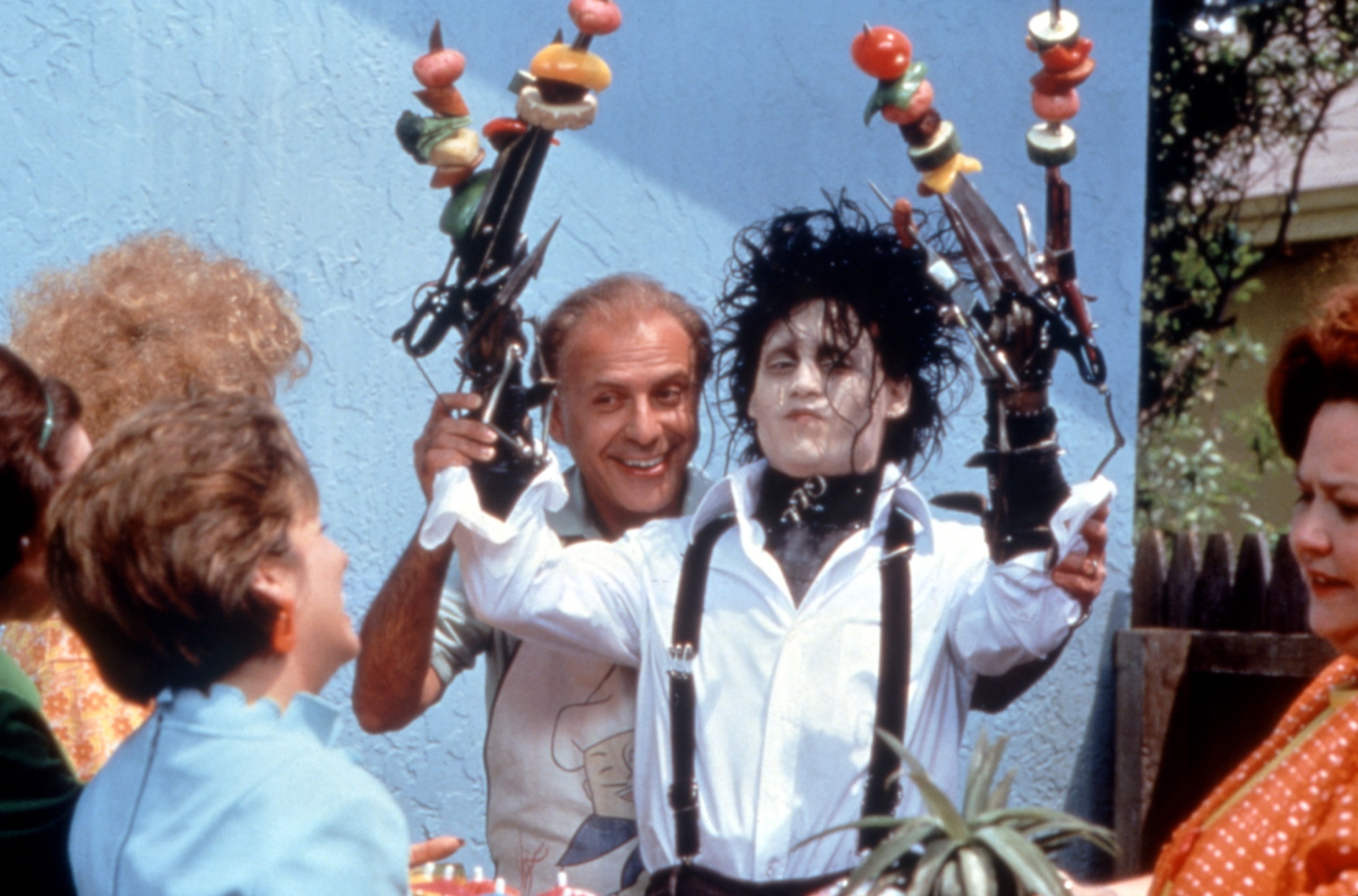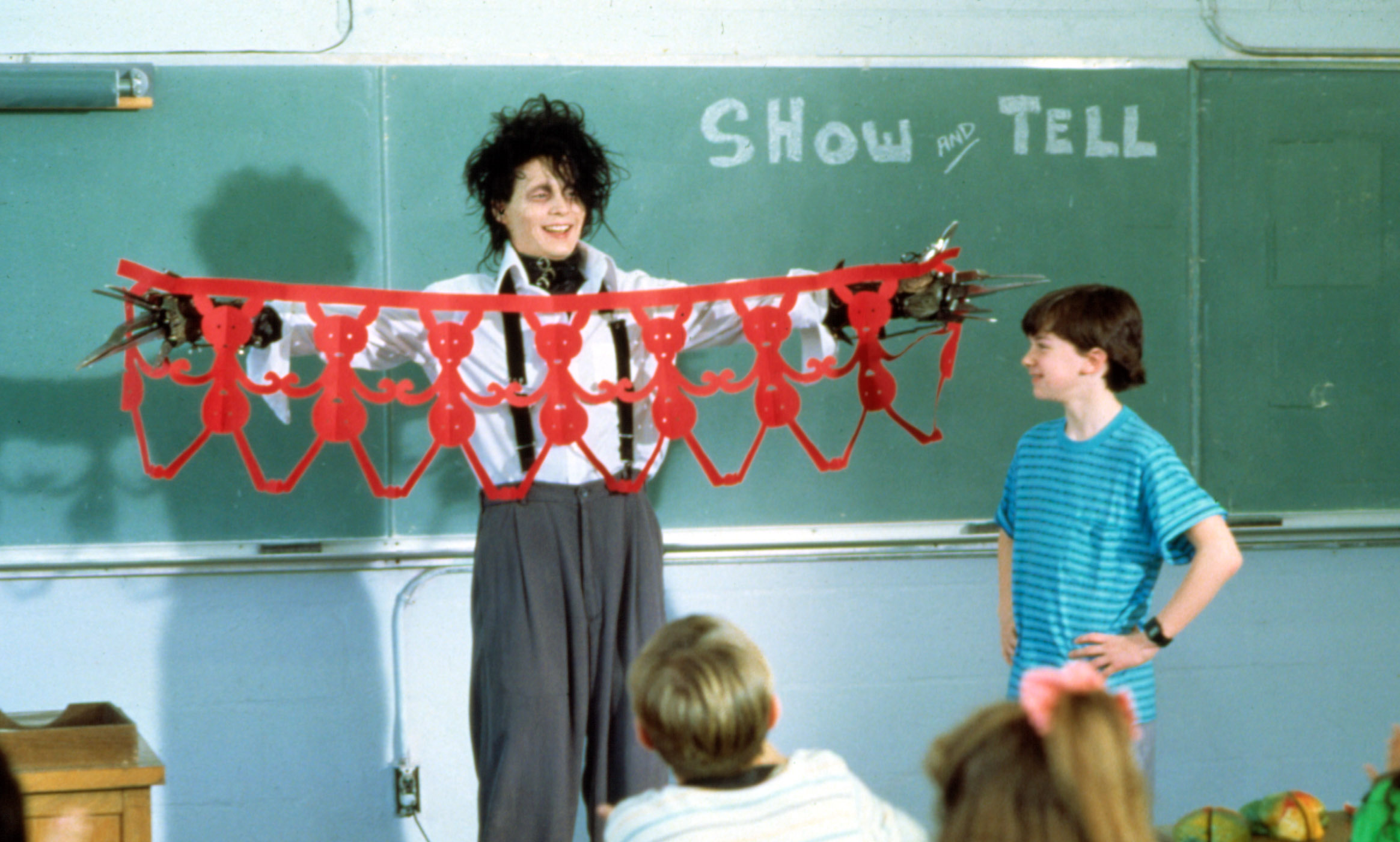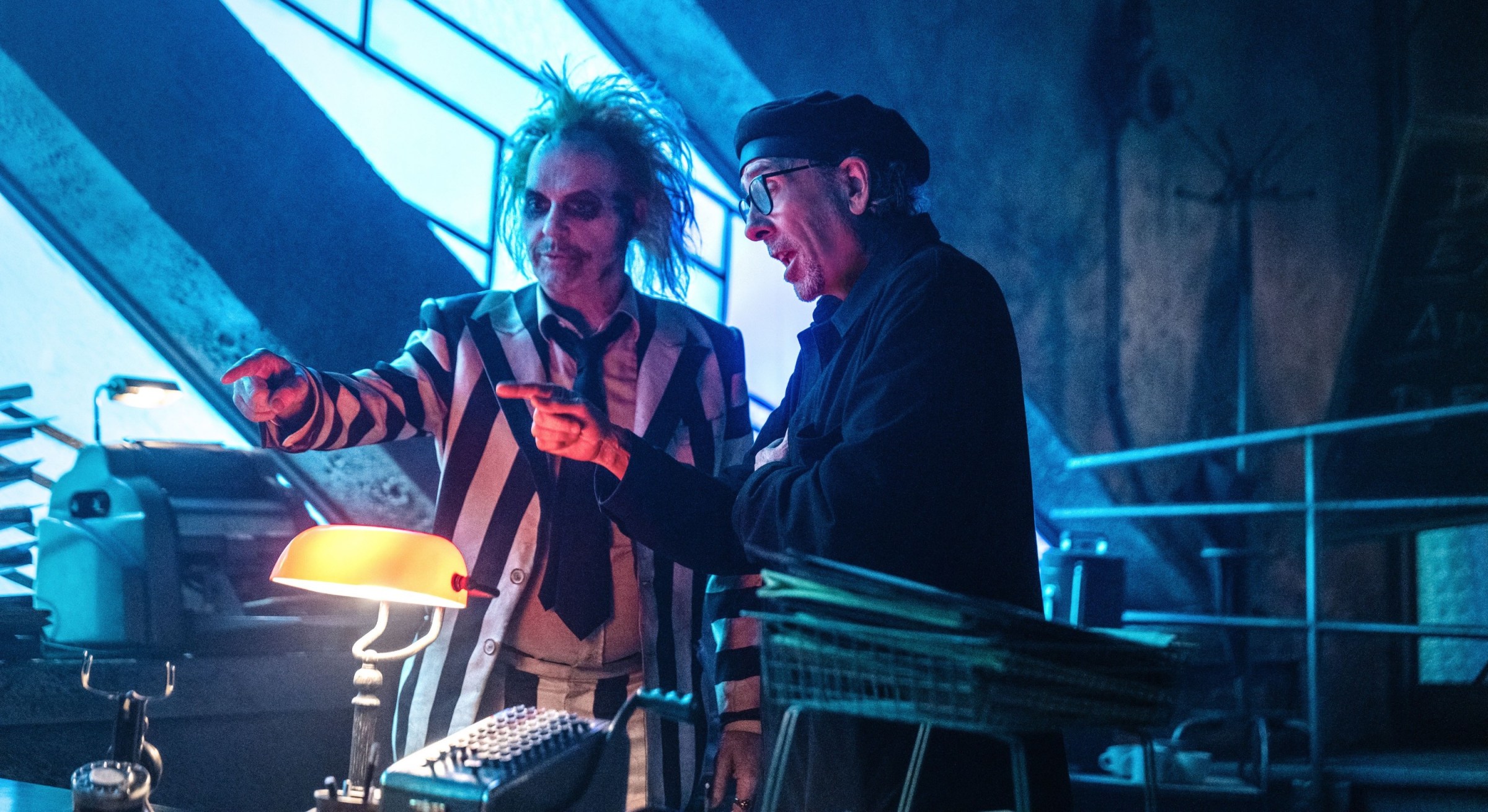Tim Burton is still my neurodivergent security blanket
The sequel to the legacy Beetlejuice Beetlejuice not only heralds the return of Michael Keaton as the titular ghoul, it also sees writer-director Tim Burton return to his roots, with surreal fantasy that combines childlike wonder, twisted humor, and gothic imagery. Burton’s ill-fated 2001 Planet of the Apes remake set him on a path of seemingly endless reinterpretations, from Charlie and the Chocolate Factory Unpleasant Alice in Wonderland Unpleasant Dumbo to Netflix’s Addams Family reboot Wednesday. All the while he’s been lending his aesthetic to other IPs, though, I’ve been advocating for a revival of the Tim Burton I grew up with — the Tim Burton who gave me a security blanket as a child growing up with autism.
I was diagnosed with autism when I first started elementary school. Stuck in my mind palace, I struggled to read social cues. I was obsessed with movies, which were a manifestation of my creative escape. And yet I couldn’t connect personally with the roster of perfect A-listers that headed most films. I certainly had no need for the archetypes of cinematic masculinity, whether they were muscle-bound action heroes or movie stars who looked like they’d been bred in a lab to be red-carpet material. I felt more akin to the Universal Monsters — creatures who were antisocial not by choice but by birthright.
As a child, I rarely saw myself reflected in popular culture—it might as well have been the Cool Kids’ Table I wasn’t allowed to attend. The major exceptions were the films of Tim Burton. With the subversive themes and outsider protagonists of his classic films, he spoke directly to the autistic experience. And his unyielding imagination and evocative craftsmanship taught me that the power of creative expression can transcend otherness.
To Beetlejuice Beetlejuice came, I missed the kind of extravagant Burton visuals that used to rely on practical FX and gorgeous cinematography. That used to be a hallmark of his work, from his art deco take on Gotham City in Batman And Batman Returns to the icy, blood-soaked atmosphere of Sleepy HollowI also missed the mischievous, macabre jokes that marked his films from the 80s and 90s, including the manic, crazy Pee-wee’s Big Adventure and the gallows humor of the original Beetle juiceThese characteristic features are reflected in Beetlejuice Beetlejuice —but better yet, it delivers what I missed most in his work. It’s the return of Tim Burton: King of the Weirdos.
This is the same Tim Burton who helped Johnny Depp become a movie star by casting him as a sad little boy with scissors for hands. The same Tim Burton who took a neurotic, bow-tie-wearing man-child and turned him into a superstar in Pee-wee’s Big Adventure. The same Tim Burton who dusted off the legacy of a forgotten Z-movie director and turned him into an icon of outsider art with Ed Hout.
The most obvious example of his neurodivergent coding is Burton’s interpretation of Batman. The Dark Knight is considered one of the most iconic pulp heroes in the history of popular culture. Apart from anomalies such as the 1960s Adam West TV comedy Batmanthe character is usually defined as what certain circles on the internet would call an Alpha: a debonair playboy by day, a gangster who beats Chad by night. Actually, the pantyhose are an excuse to show off his muscular body while he commits a crime.
Burton famously (or infamously, depending on which part of the fandom you’re in) went a different route. Much to the ire of fans, he cast Michael Keaton to play the Caped Crusader. What’s more, he turned the square Batman into an introverted, even aloof victim of developmental disability, one who reorients himself by retreating into the mind palace of his Batcave and the bowels of his cape and cowl.
In neurodivergent terminology, Burton’s version of Bruce Wayne is a man who masks. It’s not just that he dons a hood to protect his identity, it’s that he suppresses his atypical tendencies in order to blend in with the mainstream. In this case, Bruce Wayne is the mask — Batman’s meticulously maintained social persona. Only Tim Burton would have taken the first major Batman film and staked it on such an internal, cerebral interpretation, and only he could have given me a Dark Knight who resonated with me so immediately.
That characterization of Batman speaks to the broader trends of experience Burton explored in his early films, and the struggles over identity that define his core themes. His protagonists aren’t simply defined by their neuroses or quirks — they’re specifically characterized by the tension between their inner and outer selves. Or, to return to neurodivergent terminology, they’re divided into those who struggle to mask up, and those who refuse to.
Winona Ryder became the poster child for the goths with her performance as Lydia Deetz in the original Beetle juicea baton she has since passed on to Jenna Ortega. In her own words, Lydia is “strange and unusual” in Beetle juiceand she makes no secret of it. She’s more than happy to disrupt her family’s attempt at suburban compliance. She rolls her eyes at her strict father and wannabe socialite stepmother, and when alien elements begin to surround her, she’s more intrigued than terrified. Honestly? #Goals.
Some of Tim Burton’s other heroes weren’t so happy with themselves, and those are the ones who served as my avatars. The dynamic is most pronounced in the ’90s Edward Scissorhandswhich remains Burton’s most personal statement. It could even be read as a spiritual autobiography for him — it follows a sensitive, pale, hairy eccentric who is destined to share his creative wonders with others from afar, safe from the pressures of social hegemony within his gothic exterior.
The most important thing is, Edward Scissorhands reads like a parable for disability. While Edward’s jagged hands are a physical manifestation of difference that immediately stigmatizes him in the eyes of others, his condition also speaks richly to the autistic experience. He has the rough, rugged appearance of standard human anatomy, but he is so deformed that he cannot perform basic social gestures like a handshake. He exhibits behaviors that are widely understood as hallmarks of neurodivergence: selective mutism, social disconnection, etc. The tragedy, of course, is that the polite, thoughtful Edward would like nothing more than to be accepted.
But Edward Scissorhands is not a sob story about a misunderstood boy: Edward turns his curse into a gift through his craftsmanship. The skeptical commuters who take Edward in after his creator dies immediately take a shine to him when they realize he can quickly trim their hedges, groom their dogs, and cut their hair. Once he is unmasked as an arts and crafts expert, they effectively use him as a token, until his disability becomes a burden. Eventually, Edward finds solace as an artist living in solitude. While Edward ScissorhandsThe ultimate message may be debatable, but the film’s ending undeniably shows dignity in Edward’s condition and leaves him with a sense of self-harmony.
On paper, Edward Scissorhands can be read as a defeat for strangeness, and a fable warning outcasts not to hope for social integration. But as I struggled with my diagnosis, Edward Scissorhands represented a victory over neurotypical hegemony.
At first glance, Tim Burton’s filmography from the ‘80s and ‘90s might seem to be about the sanctity of ghost palaces, the Batcave, and Gothic mansions that represent mental refuge. Or it could be about finding solace in sacred objects of familiarity, like Pee-wee’s red bicycle. But these films are really about the power of creative outlets. There are so many psychological layers hopelessly entangled in the journeys of these autistically coded heroes that early Burton protagonists find redemption in outlets that give them a voice and a clearly defined purpose.
Edward Scissorhands lives on the fringes of a community that shuns him, but he reclaims his voice and identity by transforming his surroundings into an art project. Ice, hedgerows, and other everyday objects become canvases for the endlessly creative Edward. Batman walks a tightrope between his shadow self and the mask of a social persona, but he becomes a functional, even productive member of society, finding inner peace through the project of being Batman. Most acutely, Ed Wood refuses to be written off as a delusional, talentless bungler. He prides himself on his underdog status and refuses to apologize for his bizarre directorial choices or his love of Angora sweaters.
That was a powerful lesson to learn as a young child with autism, and it resonates even more for me as an adult. In the neurodivergent wonderland of Tim Burton’s universe, disabilities don’t take away our voices, and our passions are never a burden.
Tim Burton has delivered many beautiful and stylish films over the past two decades, but it’s hard to imagine Dark shadows or Alice in Wonderland who guided me through periods of doubt and uncertainty. I rarely saw myself reflected in most of his 2000s filmography, with the possible exception of his animation work. So I would have been satisfied if Beetlejuice Beetlejuice was just a nice family comedy for the scary season.
But the journeys of Lydia and Astrid Deetz (Ryder and Ortega), a mother and daughter more attuned to the paranormal than the ordinary, reminded me why Tim Burton’s previous films meant so much to me. Astrid and Lydia’s relationship is plagued by communication problems, and they are both stigmatized by the outside world, treated as freaks or used for their own ends.
But their journey in this film doesn’t end with conformity. They choose rebellious otherness and find solace in that and in connection with each other. And that still resonates with me after all this time — as it might with other neurodivergent children and adults, who are learning to adjust to their diagnoses and identities in the same way I have. I’m just glad to see Tim Burton back, reminding them of the lesson that so many of his protagonists eventually realize, the heroines of Beetlejuice Beetlejuice among them: No one needs to apologize for being “strange and unusual.”




